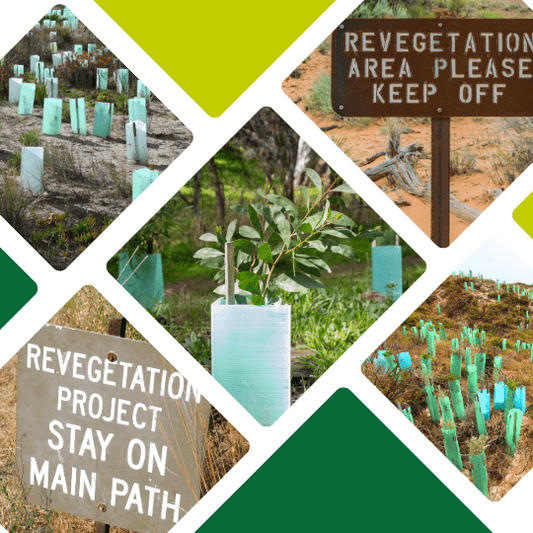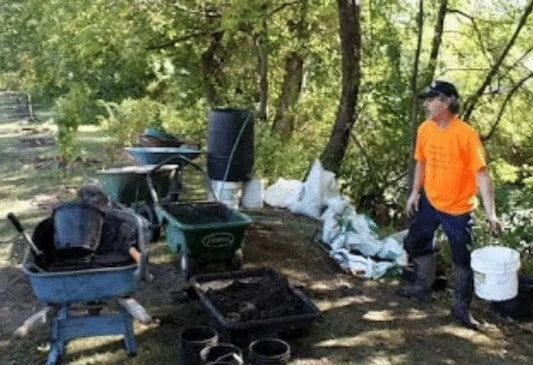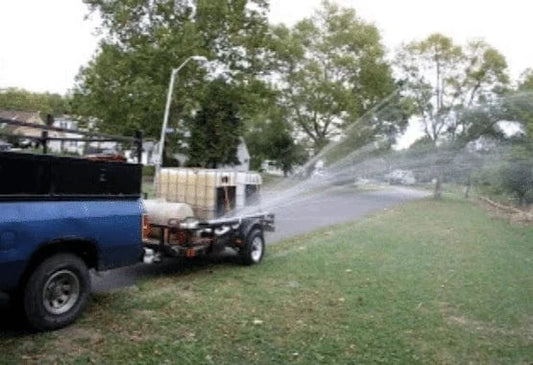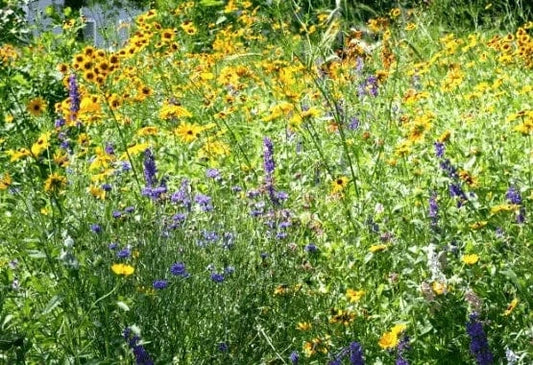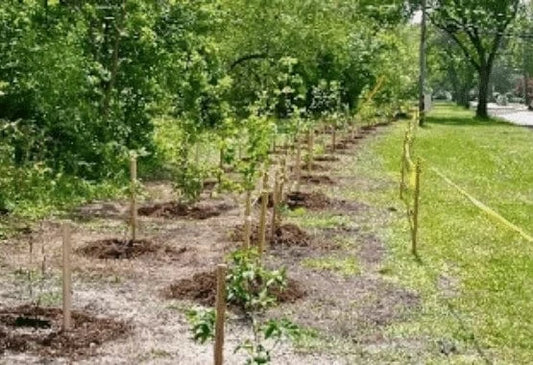Plants and soils love Effective Microorganisms® because it is simply live beneficial microorganisms. When working on a revegetation project, Ag1000® provides a chemical-free soil conditioner that increases plant growth, cycles nutrients into plant available forms, and restores the health of the soil.
When revegetating or restoring an area with new plant life, soil health is key. Healthy soils are maintained by the diversity and balance of the community of microorganisms within it. Ag1000® populates the soil with microorganisms already native to the soil. Soil that is balanced are more resistant to damage caused by stressors such as disease or harmful insects.
Ag1000® provides many benefits for revegetation and bioremediation projects;
- INCREASE PLANT HEALTH
- IMPROVE NUTRIENT AVAILABILITY
- INCREASE SOIL HEALTH
- BALANCE pH OF THE SOIL
- DECREASE HEAVY SALT STRESS
- IMPROVE MOISTURE RETENTION
- IMPROVE SEED GERMINATION
- INCREASE TRANSPLANT SUCCESS
- INCREASE ORGANIC MATTER
- BREAK DOWN HEAVY METALS AND TOXINS IN SOIL
REVEGETATION AND BIOREMEDIATION PROJECTS
THE GREENBELT OVERHAUL ALLIANCE OF LEVITTOWN (G.O.A.L)
APPLICATION METHODS
REVEGETATION AND RESTORING:
With all revegetation projects it is best to take a soil sample to ensure soil is not deficient in nutrients, high in salts or heavy metals, or has pH issues. Knowing about any issues can help you properly decide a course of action.
STEPS FOR REVEGETATION:
(1) Start with a good soil mix of high quality top soil and organic matter such as compost. If making your own, add TeraKashi® Bokashi at 2% of soil volume.
(2) Add soil mixture to the new hole and plant transplants.
(3) Create a solution of 3% Ag1000® and water in transplants.
(4) After planting, add more Ag1000® at the same rate once a week or bi-weekly until established if possible.
STEPS FOR INVASIVE SPECIES:
Part of any restoration or revegetation project is dealing with invasive species. Invasive is defined as any non-native plant that establishes themselves into an area, chocking out native species and affecting local wildlife. Although these plants may need to be taken out to properly restore and area there is no reason to waste the organic material. By fermenting, the seeds will be unable to sprout and be broken down.
(1) Collect the invasive plants and gather into a composting pile
(2) Ferment the material for two weeks using Ag1000® at a rate of 2 gallons per 1 ton of material.
(3) Once fermented (about 2 weeks) the liquid can be made into Fermented Plant Extract if able to separate.
(4) Add more dried plant material (grass, dried leaves) and let sit another 2 weeks. You now have your own EM Bokashi that be used to amend the soil in the revegetation area.
BIOREMEDIATION:
The beneficial microorganisms in EM® products have been studied for their ability to break down compounds and even absorb heavy metals. In addition, EM® works as a complex network of organisms, often becoming food for other groups of microbes that are used for bioremediation projects.
Because every project will be completely different and require a detailed proposal depending on the issue, please contact us on bioremediation projects.
